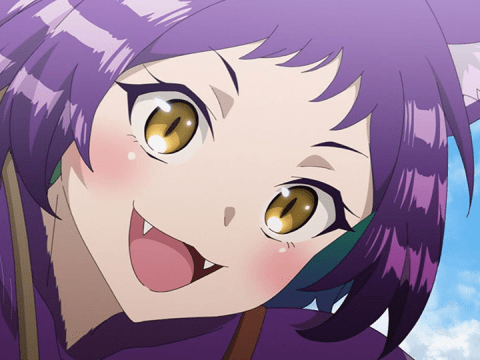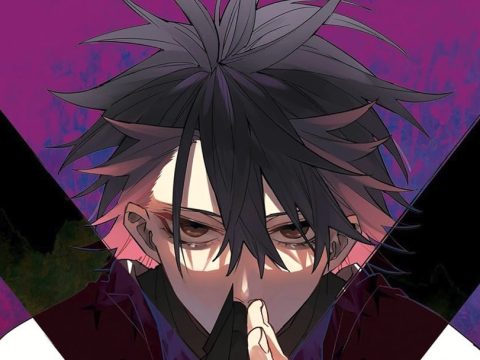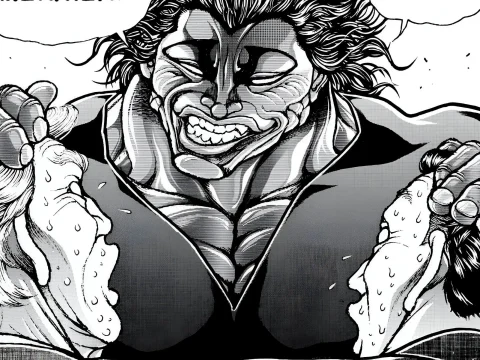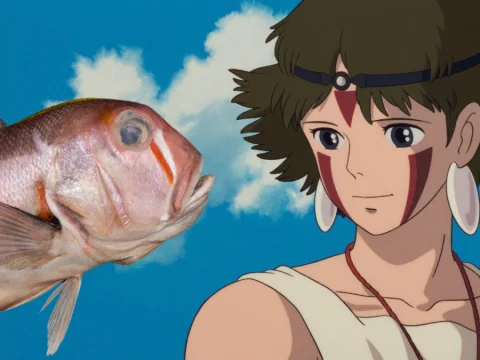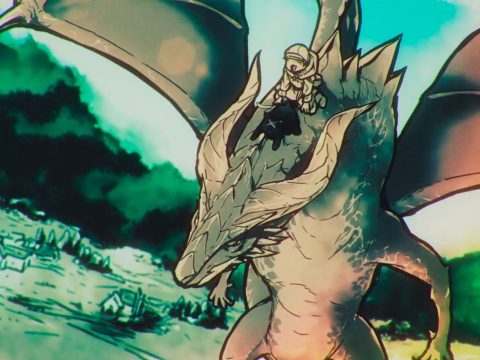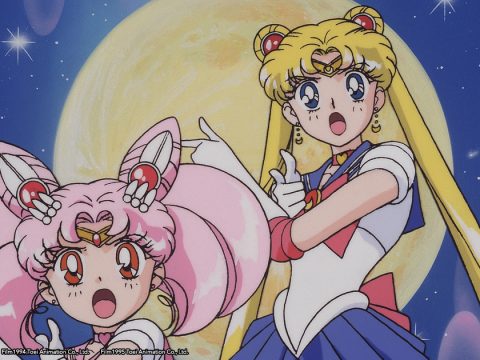Hosoda’s latest work, 2006’s The Girl Who Leapt Through Time (Toki Wo Kakeru Shojo), now slowly making its way across the US, is the director’s chance to expand his vision outside the commercial constraints of product he made for Toei Animation.
This 100-minute feature film feels unlike the typical anime experience without being overtly experimental. Hosoda’s storytelling forms a vigorous and moving feature that both inhabits everyday life and captures the magical freedom of anime. Yet, while the feature both capitalizes on its time on screen and leaves lingering questions working in unexpected territory, it does not always yield the results viewers may desire.
 Recently, Madhouse studios has stepped up its pursuit of works that challenge what is familiar in anime. In addition to The Girl Who Leapt Through Time, noteworthy examples include director Masaaki Yuasa’s 13-episode Kemonozume, Satoshi Kon’s Paprika, and most recently Mitsuo Iso’s Denno Coil. Meanwhile, the studio has continued to pursue more reliably profitable projects like Death Note, Devil May Cry, and Yoshiaki Kawajiri’s Highlander: Vengeance. However, while presenting The Girl Who Leapt Through Time at the MIT/Harvard Cool Japan Symposium, Hosoda stated that his film is an example of Madhouse president Jungo Maruta’s commitment to fostering anime that is not bound safely within the confines of the expected, despite the likelihood of market resistance.
Recently, Madhouse studios has stepped up its pursuit of works that challenge what is familiar in anime. In addition to The Girl Who Leapt Through Time, noteworthy examples include director Masaaki Yuasa’s 13-episode Kemonozume, Satoshi Kon’s Paprika, and most recently Mitsuo Iso’s Denno Coil. Meanwhile, the studio has continued to pursue more reliably profitable projects like Death Note, Devil May Cry, and Yoshiaki Kawajiri’s Highlander: Vengeance. However, while presenting The Girl Who Leapt Through Time at the MIT/Harvard Cool Japan Symposium, Hosoda stated that his film is an example of Madhouse president Jungo Maruta’s commitment to fostering anime that is not bound safely within the confines of the expected, despite the likelihood of market resistance.
Hosoda’s The Girl Who Leapt Through Time is a re-envisioned adaptation of a novel from influential science fiction writer Yasutaka Tsutsui (his landmark work also includes the source material for Satoshi Kon’s Paprika). A translation of Tsutsui’s writing in the USA has recently become available with the release of the short story collection “Salmonella Men on Planet Porno.”
Hosoda and scriptwriter Satoko Okudera update Tsutsui’s novel to reflect modern gender roles and attitudes toward the future. They’ve also changed the story’s protagonist. The film’s main character is a young girl named Makoto Konno whose “Auntie Witch,” Kazuko, who is the original “Girl Who Leapt Through Time” of the mid-1960s Tsutsui novel and its hit 1983 live- action adaptation.
 The life of Makoto is broadcast through a very present, vocal personality. Rushing around in the late-for-school fashion recognizable among shojo heroines, her energy and goofy outgoingness give her a neon glow that lights her travels through street crowds or in school halls. This energy emanates from an attitude in which she relishes the moment and projects that contentment forward. Makoto accidentally acquires the ability to leap back to a previous point in her life. She initiates these travels with a physical jump and gets to choose her destination.
The life of Makoto is broadcast through a very present, vocal personality. Rushing around in the late-for-school fashion recognizable among shojo heroines, her energy and goofy outgoingness give her a neon glow that lights her travels through street crowds or in school halls. This energy emanates from an attitude in which she relishes the moment and projects that contentment forward. Makoto accidentally acquires the ability to leap back to a previous point in her life. She initiates these travels with a physical jump and gets to choose her destination.
However, Makoto’s intentions for her abilities could not be more mundane. She solves the problems of her bad day: arriving at school on time, acing her test, and dodging the home economics cooking mishap. Chiefly, she wants to remain in, and accentuate, the comfortable moments of life. She stretches a karaoke session until she loses her voice, eats her pudding before her younger sister can snatch it, and goes back to when her favorite meal was served.
 While Makoto’s antics are a joy to watch, there are consequences to her escapism. The movie does not attempt to tie guilt to levity and relaxation, but it does implicate carelessness. Though the movie captures the painful results of Makoto’s errors of commission or omission of responsibility, it never demonizes her or casts her off.
While Makoto’s antics are a joy to watch, there are consequences to her escapism. The movie does not attempt to tie guilt to levity and relaxation, but it does implicate carelessness. Though the movie captures the painful results of Makoto’s errors of commission or omission of responsibility, it never demonizes her or casts her off.
The Girl Who Leapt Through Time is anime that addresses the spirit of our moment in history in a manner that is both entertainingly crowd pleasing and profound. Hosoda’s work demonstrates a level of craft that animation fans will admire. He tells a story about which anime fans will feel passionately and which fans will wish to suggest to those who are not typically consumers of anime. There is hope that talent like Hosoda’s could mark the future of anime. While the industry is contending with the talent drain from its studios to video games, it might be these creators, who are frequently more innovative than prolific, who ensure that anime remains a vibrant form.


